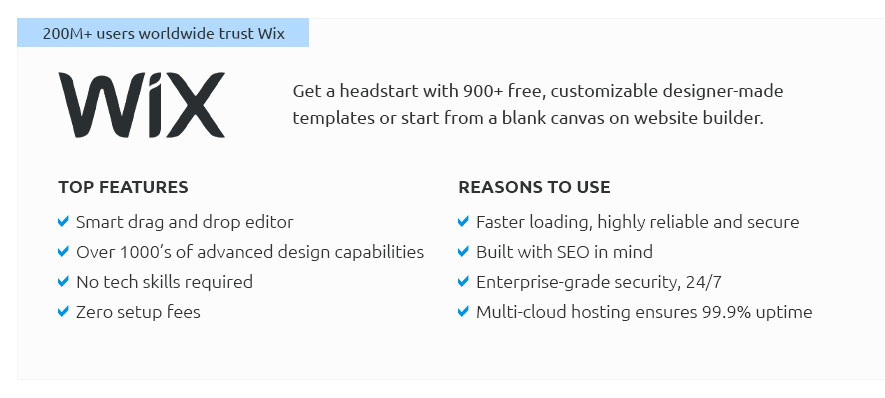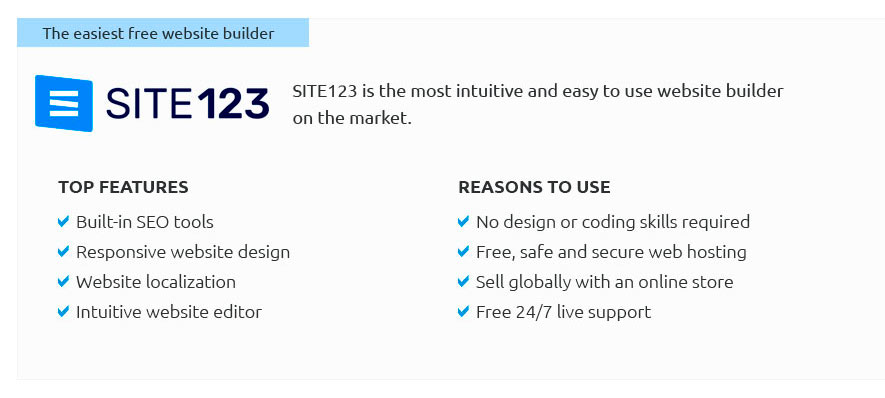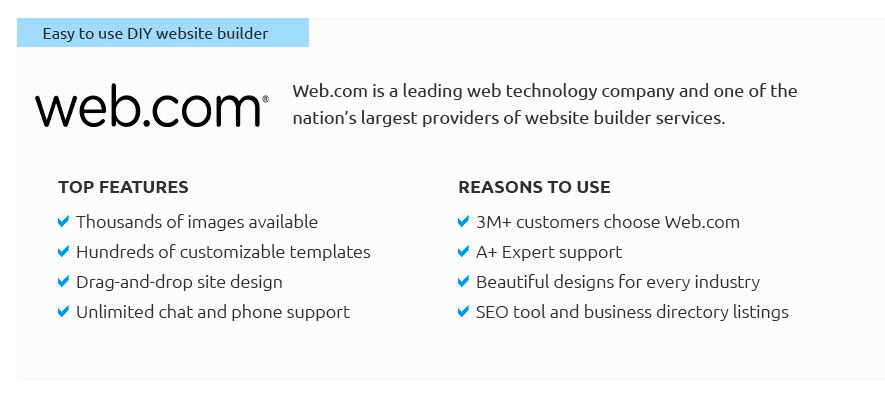 |
 |
 |
 |
|
 |
 |
 |
|
 |
|
 |
 |
|
 |
|
 |
|
 |
 |
Exploring the Best Web Design Programs: A Comprehensive GuideIn the ever-evolving world of web design, choosing the right tools can make a significant difference in both the process and the outcome of your projects. As the digital landscape becomes more sophisticated, web designers are continually seeking programs that not only streamline their workflow but also enhance their creativity and productivity. With a plethora of options available, identifying the best web design programs can be a daunting task. This guide aims to explore some of the most popular and effective tools available today, offering insights into their features, strengths, and the subtle nuances that might just make them the perfect fit for your needs. When considering web design programs, there are several factors to keep in mind. Usability is paramount; a program should be intuitive, providing a user-friendly interface that allows designers to bring their visions to life without unnecessary complications. Equally important is the range of features offered. A robust set of tools can empower designers to create complex designs efficiently, from simple wireframes to intricate layouts. Moreover, the flexibility of a program can significantly influence its suitability, particularly in how well it integrates with other tools and platforms commonly used in the design process. Adobe Dreamweaver, for instance, has long been a stalwart in the industry, renowned for its comprehensive features that cater to both beginners and seasoned professionals. It supports HTML, CSS, and JavaScript, offering a dynamic coding environment with real-time preview capabilities. However, some designers find its interface somewhat overwhelming, particularly if they are just starting out. Alternatively, Figma has gained popularity for its collaborative capabilities, allowing multiple users to work on a project simultaneously. Its cloud-based nature means it's accessible from anywhere, making it an excellent choice for remote teams. Sketch, another favorite, is known for its powerful vector editing tools and ease of use, although it's currently only available for Mac users. Moreover, Webflow has carved out a niche for itself by blending visual design with the power of coding, enabling designers to create responsive websites without writing a single line of code. This makes it particularly appealing to designers who might not have a strong coding background but still wish to produce professional-grade websites. Meanwhile, WordPress, with its vast array of themes and plugins, remains an indispensable tool for many, especially those who prioritize content management and SEO capabilities. Aside from these, there are other noteworthy mentions such as Adobe XD, known for its prototyping capabilities, and Canva, which offers a more simplistic approach ideal for quick mockups and presentations. Ultimately, the best web design program is highly subjective and depends on individual needs and preferences. Whether you prioritize collaboration, customization, or ease of use, there is undoubtedly a tool that aligns with your vision and workflow. As technology advances, staying updated with the latest features and trends in web design tools can greatly enhance your ability to deliver engaging and innovative digital experiences. https://www.udemy.com/topic/web-design/?srsltid=AfmBOorbwUe7m18wHRfVBDm4oiUaos1AM_rxre0cT7h9bxOcxgGXIM6z
Courses to get you started - Most popular - Practical Web Design & Development: 7 Courses in 1 - UX & Web Design Master Course: Strategy, Design, Development. https://www.quora.com/Which-website-design-software-is-best
The best software for web design depends on your needs. Figma and Adobe XD are great for UI/UX design. WordPress is ideal for easy website ... https://www.quora.com/What-are-some-good-web-design-and-development-programs-for-beginners
If you are exclusively work in front end, then HTML, CSS, Java Script, Java script libraries like React JS, Angular JS, Jquiry etc., are useful.
|